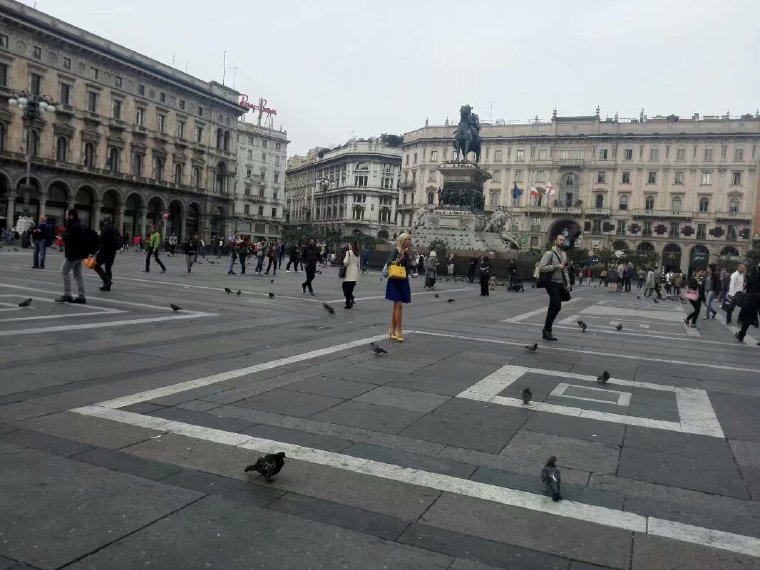巴黎碎碎念--小白自用紀實掃盲貼


中文是我憑記憶寫的,如有錯誤,歡迎訂正。
啊!真的是太喜歡 歐洲 的裝飾藝術了!
***拿破侖三世的apartment***

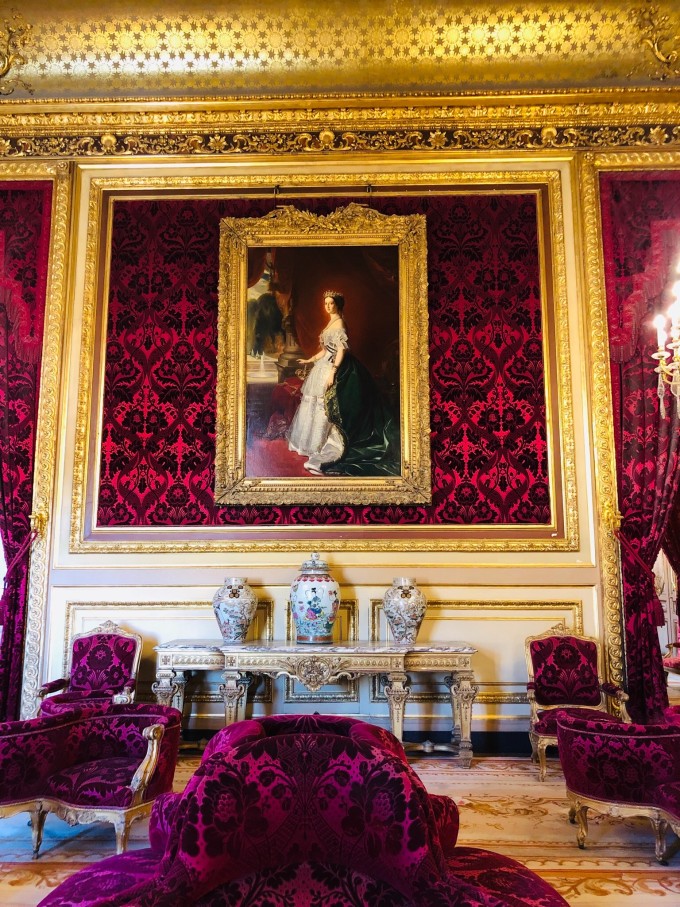

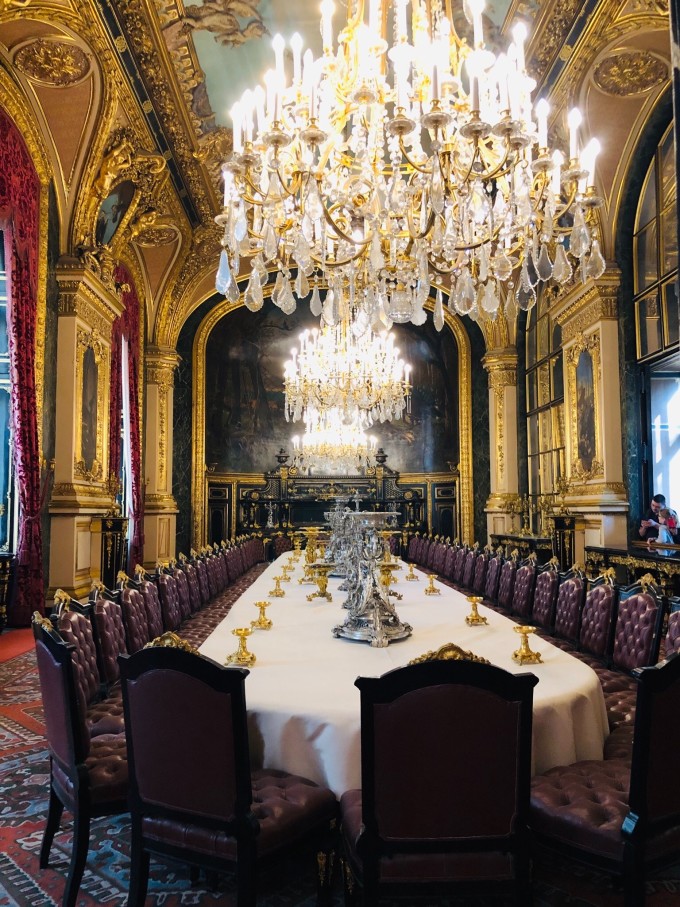
The empress Josephine only owned this cabinet, which served as a jewelry case, for a short period of time. It was delivered to her in 1809, just before her divorce from Napoleon, and subsequently belonged to the empress Marie-Louise, the emperor's second wife. The cabinet is made of yew and purpleheart, with inlaid mother of pearl and gilt bronze. Three doors open onto the main body of the piece, which holds the drawers where the jewelry was kept. 我記得驚奇的部分是,改造的設計是轉動一些黃銅部件+鑰匙才能打開抽屜。

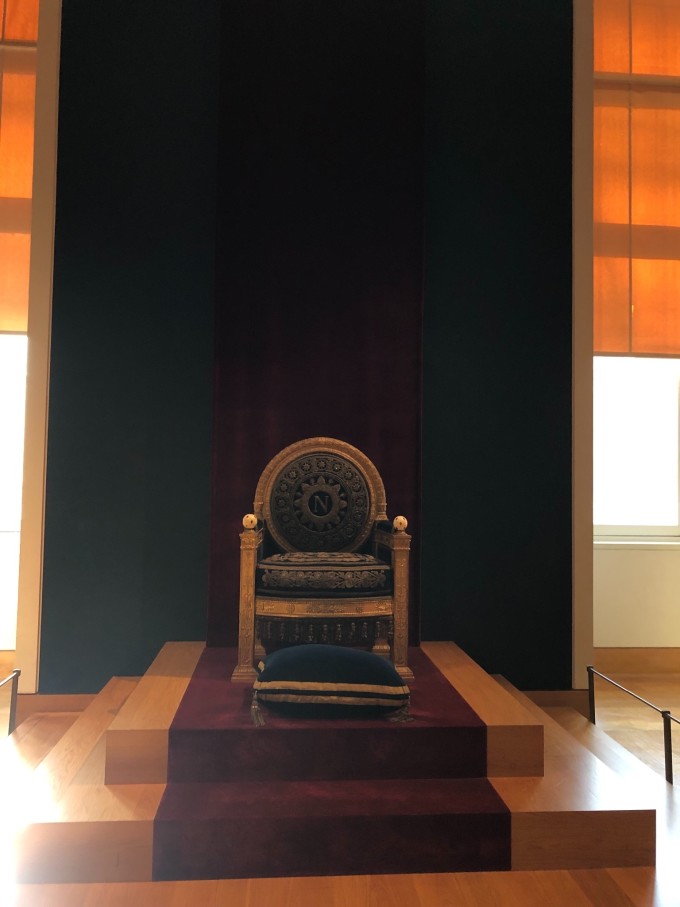
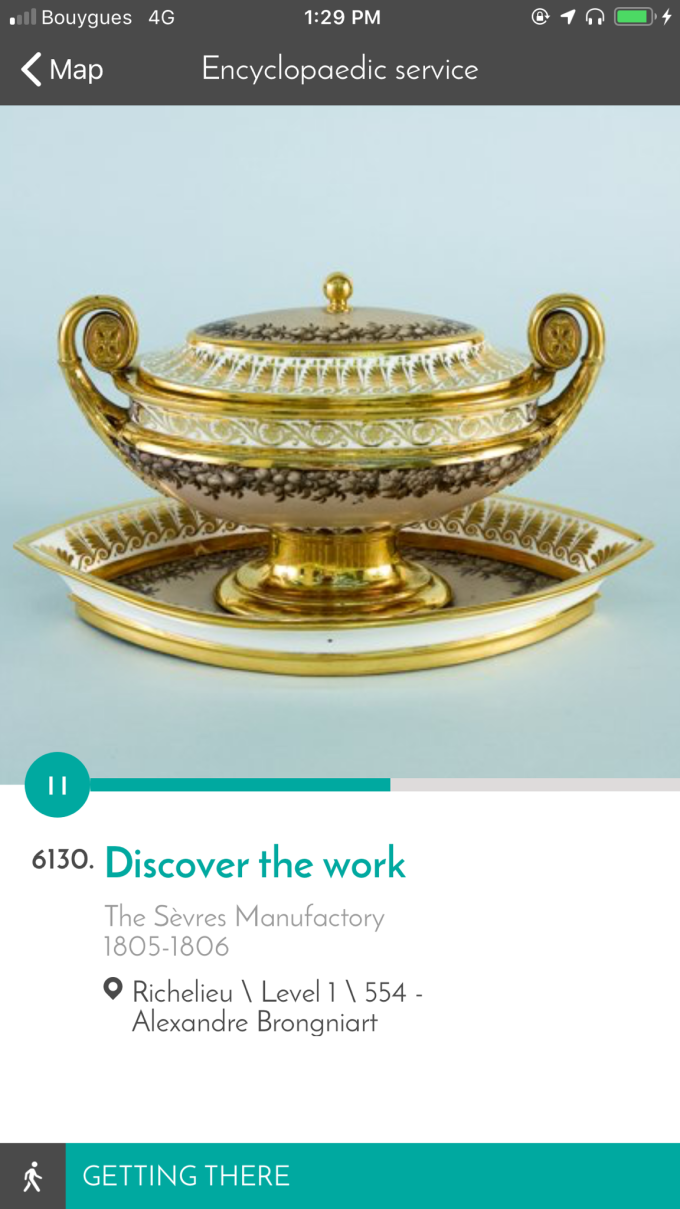
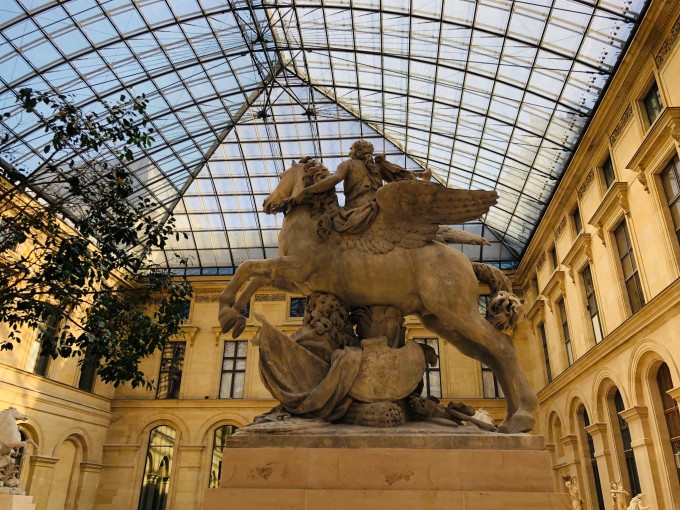
這是一經典的聖經故事,放個鏈接吧
http://www.salt-and-light-aa.com/home/online-study/advanced-class/daniel-in-the-lions-den
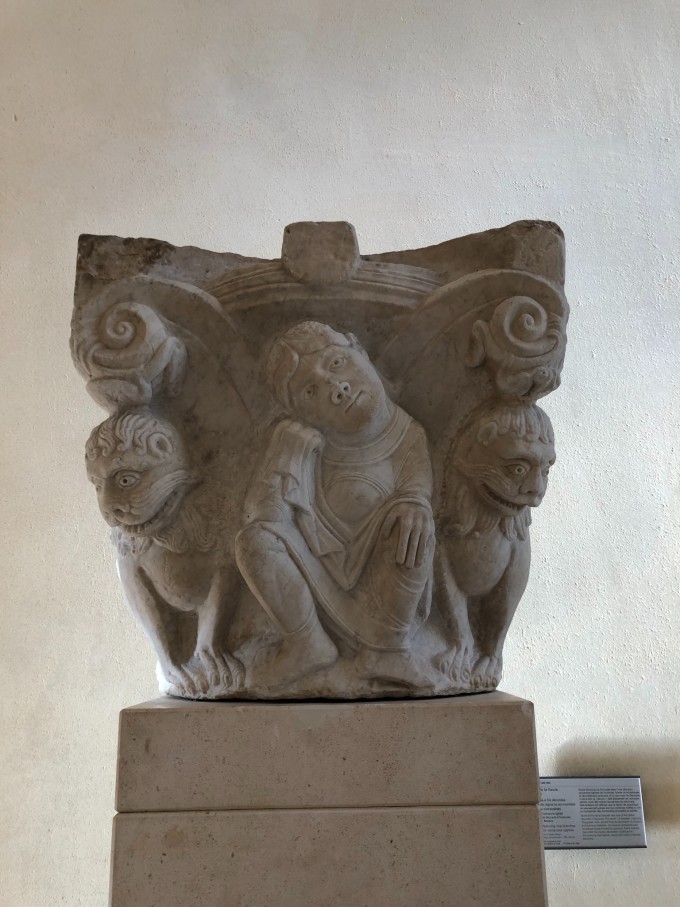
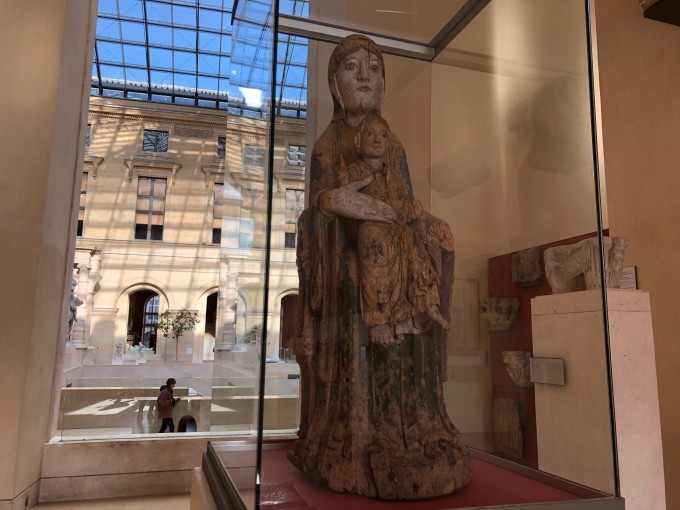
這個音頻里說是描述將耶穌從十字架上放下來的樣子,左臂還掛在十字架上,而右臂鬆綁的時候已然垂下,一些教徒認為雕塑表現的是耶穌受難以後死亡的狀態,而他們認為耶穌並沒有真的死亡,所以強烈抵制該作品。

哈哈哈 古 羅馬 版的馴龍高手



據說是因為他們相信,心是思想和愛的源泉,於是這幫人,葬人就葬心,也是有點驚悚。

audio裡面說是,你看,左面的俘虜有鬍子,右面沒鬍子,所以吧我們王權是無上的,不管age and passion

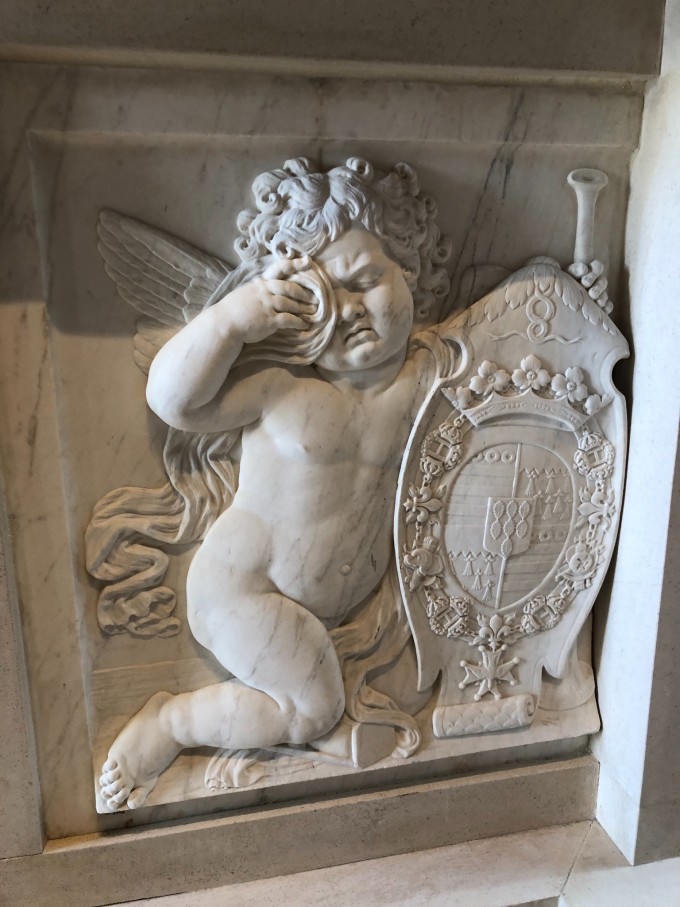
Michelangelo undertook the project for the tomb of Pope Julius II in 1505, and began to carve the Slaves in 1513, as part of a modified project. On the pope's death, the project changed once again, for financial reasons.
Michelangelo donated the Slaves to Roberto Strozzi, who brought them to France.
Opposing emotions
The two chained slaves express entirely different emotions. The one known as the Dying Slave is superbly young and handsome, and apparently in a deep (perhaps eternal) sleep. The other, called the Rebellious Slave, is a coarser figure whose whole body seems engaged in a violent struggle. Michelangelo intended both statues for the splendid funerary monument originally planned for and by Pope Julius II — a project which was repeatedly modified during forty years of successive programs.
The iconographical theme is something of a mystery; there are few clues, beyond the figure of a monkey which is roughed out beside the dying slave. Do these captive figures symbolize the subjugated provinces? Or the Arts, reduced to slavery by the pontiff's death? Perhaps they have a role to play in his eternal triumph? Should they be interpreted as enslaved passions, or (in accordance with the Platonic theme which inspired Michelangelo) do they represent the human soul, burdened by the body? An extraordinary force emanates from these tormented bodies — whose state of incompletion reinforces the impression of power.
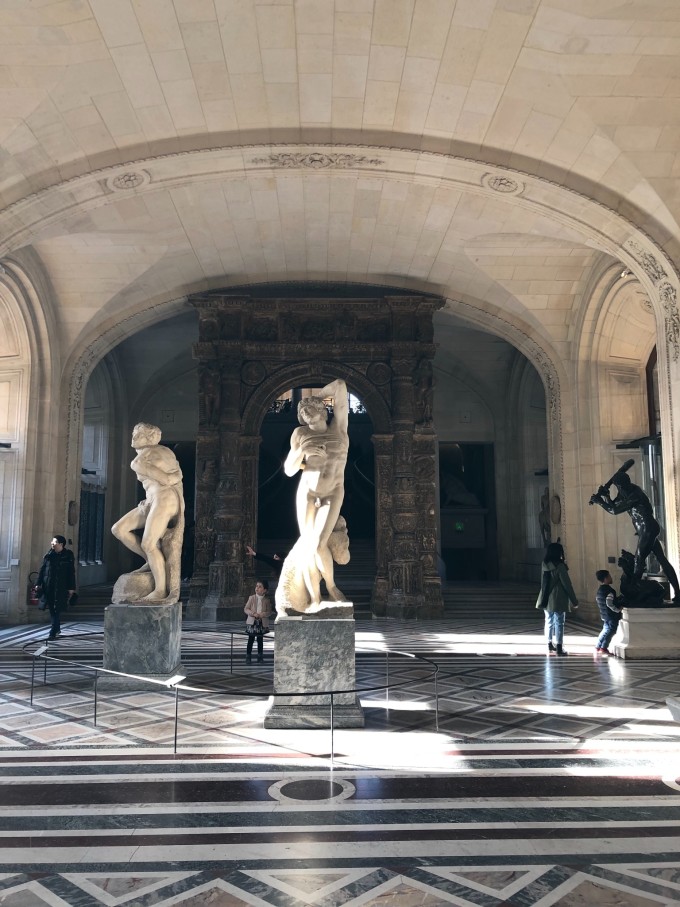
我很喜歡這個 希腊 神話故事,下麵我來講一下:就是賽普特非常美,美到讓女神維納斯嫉妒。於是維納斯能怎麼辦呢,她就讓自己的兒子丘比特,用金箭射她,讓她愛上世上最醜的怪物。結果呢,故事來了,丘比特晚上悄摸摸的遛進人家妹子的房間,看人家太美了,一不小心金箭射著自己了,結果可想而知,那就愛上了唄。
那你說他媽是不是很崩潰,她當然生氣了,就詛咒這妹子找不到伴侶。兒子當然也不是省油的燈,於是就不射金箭,那世界就沒人相愛了。維納斯最後剛不過自己的兒子(電視劇都這樣),就勉勉強強答應了,丘比特也就乖乖回去幹活了。
不過這時候吧,妹子還是沒人敢娶,做父母的咋整,那就聽神諭吧,神說啥是啥,把女兒丟在山上,那也得聽。湊巧吧,西風之神,掛了一陣風,誒妹子就瞬間轉移到宮殿里了。每天晚上呢,新郎回來和她睡覺覺,但是有個怪癖,約定不讓她開燈。作為吃瓜群眾,我們當然知道新郎是丘比特,但問題是,妹子不知道啊。然後,後面就要悲劇了,一般悲劇的誘因都是七大姑八大姨。
妹子自己無聊,丘比特就讓西風之神每天把她姐姐也刮過來做客陪她。姐姐看妹妹這屋子美啊,心生嫉妒,就嚼舌頭說給你老公是蛇,可能要吃你,你床下藏個刀和燈,晚上偷偷看看他,要是他真是怪物,你就刺刺刺他。妹子晚上一點燈,一看我老公真帥啊,然後竟然還是愛神,可是湊巧燈油滴到老公身上了,這下毀了,老公一溜煙走了。說了句名言“愛情是不能與懷疑共存的”。
妹子肯定追悔莫及啊,於是咋整,她就去找了墨忒耳和赫拉,但是她們說,我也沒解啊,你只能找那孩子他媽去。然後就有了經典的折磨人的方法,把谷米分類,找金羊毛,但是美女嗎,當然螞蟻和鷹都瞧不過眼想幫忙。
最後的最後,總算要說到她咋睡過去的了,維納斯讓她去陰間取一些美麗,妹子取完以後,心想都要見自己心愛的男人了,怎麼能不美一點,於是一打開結果自己睡過去了,這一幕吧,當然湊巧那就讓丘比特看見了,他一吻,嗯,就醒了。媽吖,總算講完了,還挺浪漫的不是。
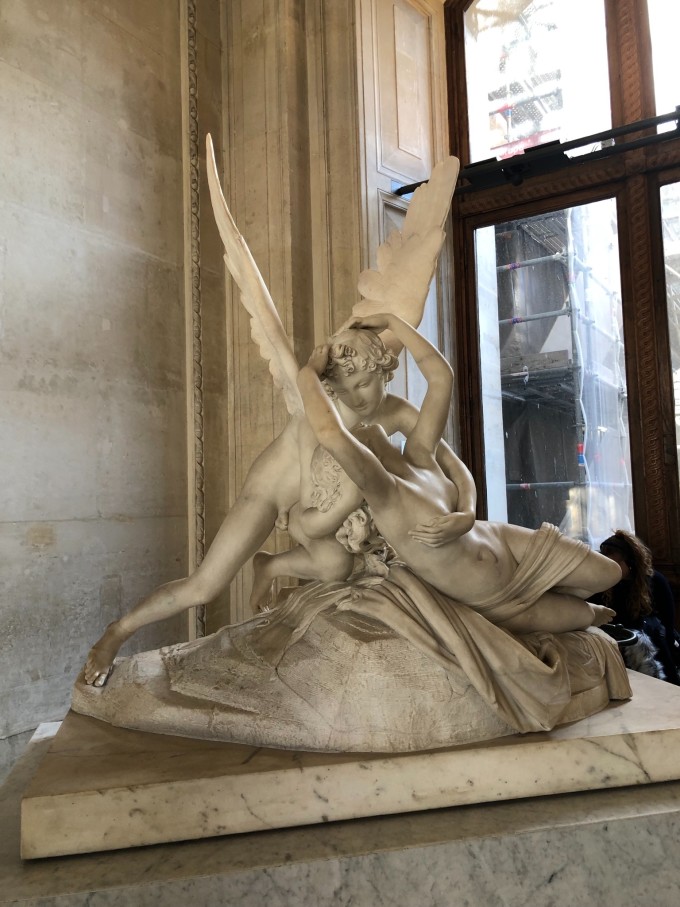
這是 希腊 神話中勝利女神尼克的雕塑,是現存為數不多的主要 希腊 原始雕像,而非 羅馬 複製品


This impressive monument, topped by an obelisk over four meters high, was built as a tomb to hold the heart of the duke of Longueville, comrade-in-arms of King Henry IV of France. It is the masterpiece of François Anguier, who, along with his brother, traveled to Rome to study antiquity. The work blends the serene harmony of antique statuary with a certain lifelike fluidity.
又是一個葬心的

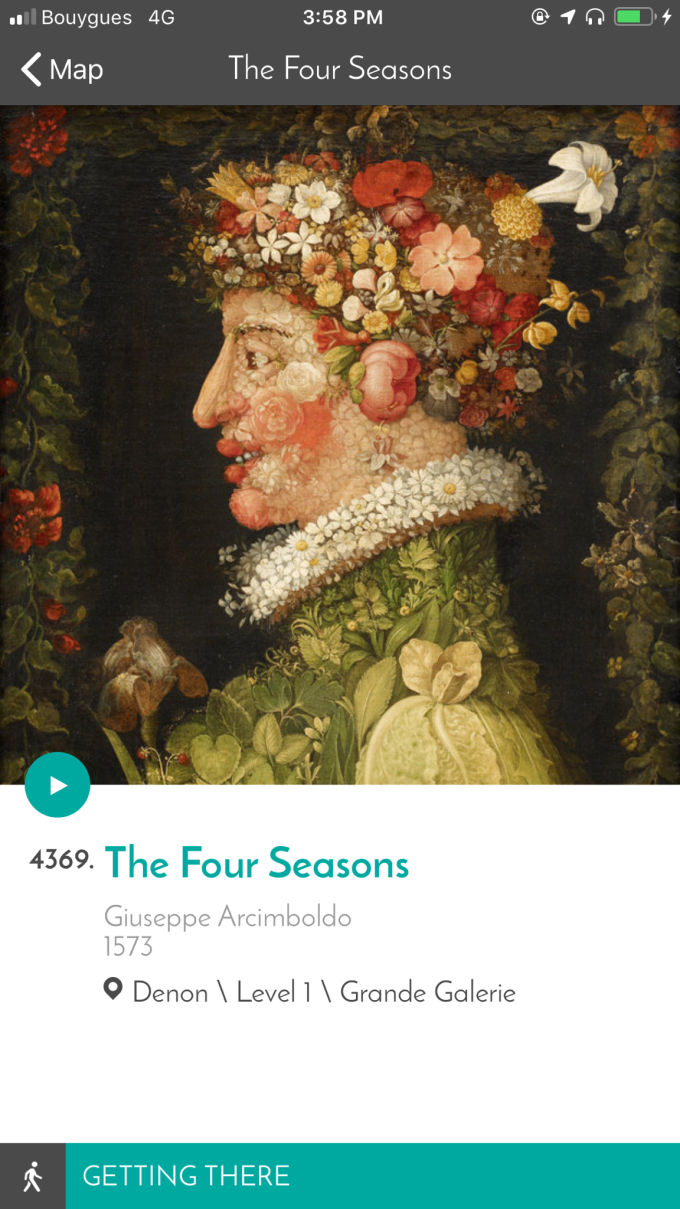
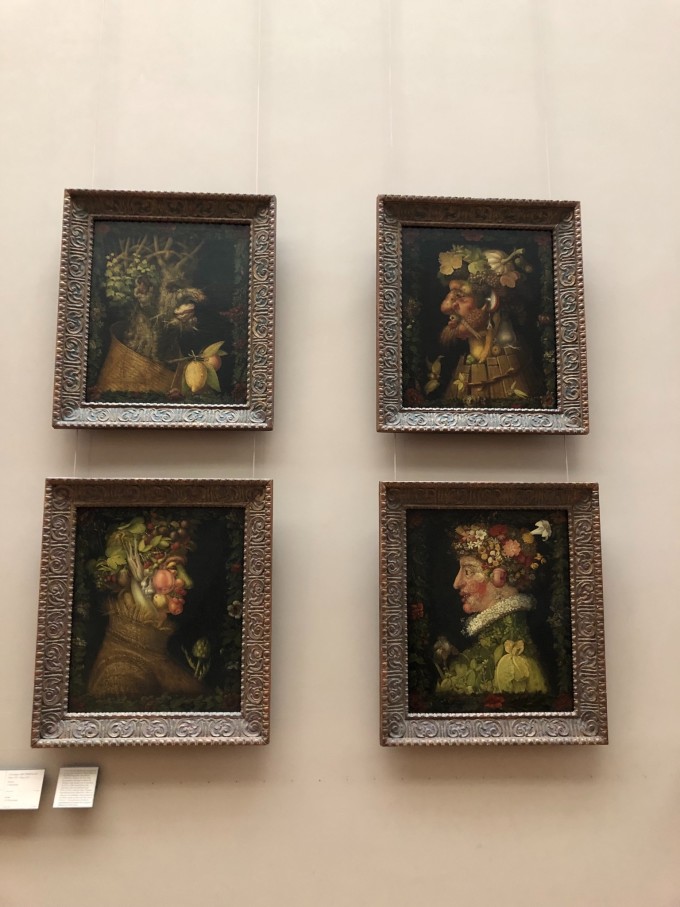
卡拉 瓦喬的畫作,總是能看到人性和社會中的陰暗面,並且不加餘力的表現出來,這裡畫的聖女由於完全是現世的特征,(甚至像妓女),而被人一度詬病。
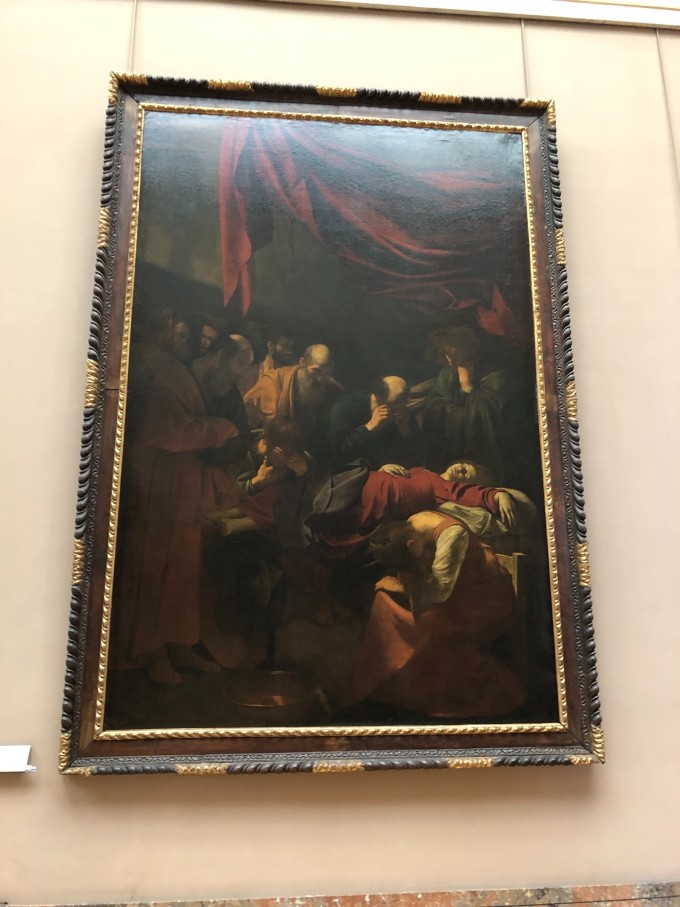
一個牧羊少年戰勝巨人的故事,號稱全館最奇葩的畫,因為這是雙面畫,而且兩面畫的一模一樣。
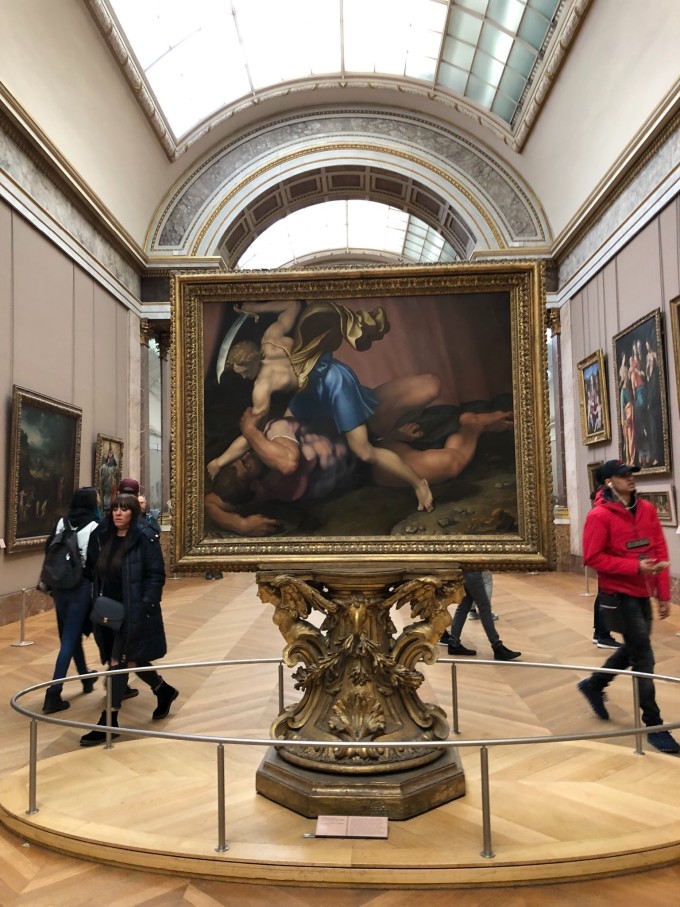

"大宮女是 法國 畫家讓·奧古斯特· 多米尼克 ·安格爾於1814年創造的一副油畫。這幅畫是受拿破侖的妹妹, 那不勒斯 王國王后卡羅琳·波拿巴的委托而做。顯示 土耳其 內宮一裸體宮女。現藏於 法國 巴黎 盧浮宮。"--From wiki
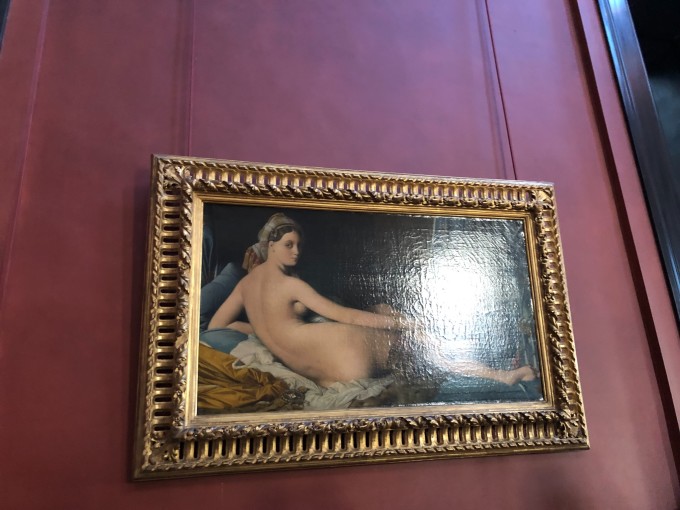
''美杜莎之筏(是 法國 浪漫主義畫家西奧多·傑利柯(1791─1824)在1818年─1819年間畫的油畫。這幅畫是在他27歲時畫的,之後成為 法國 浪漫主義的標誌。這幅畫描繪了 法國 海軍的巡防艦美杜莎號沉沒之後生還者的求生場面。這場海難發生於1816年7月5日 毛里塔尼亞 附近的海域,海難當時至少有147人生還,起先是在一隻自製的木筏上面漂流,但是13日後被救起時僅有15人幸存,期間他們缺少食物和飲水,甚至有人吃屍體來維持生命。導致這場海難的原因很大程度上是由於美杜莎號的船長失職無能,而這位船長是 法國 復辟王朝任命的,因此這一事件後來變成國際醜聞。不過實際上,任命貴族做船長是 法國 海軍內部的慣例,當時的路易十八無權任命船長,也並無直接參与入這一事件。''--From wiki


